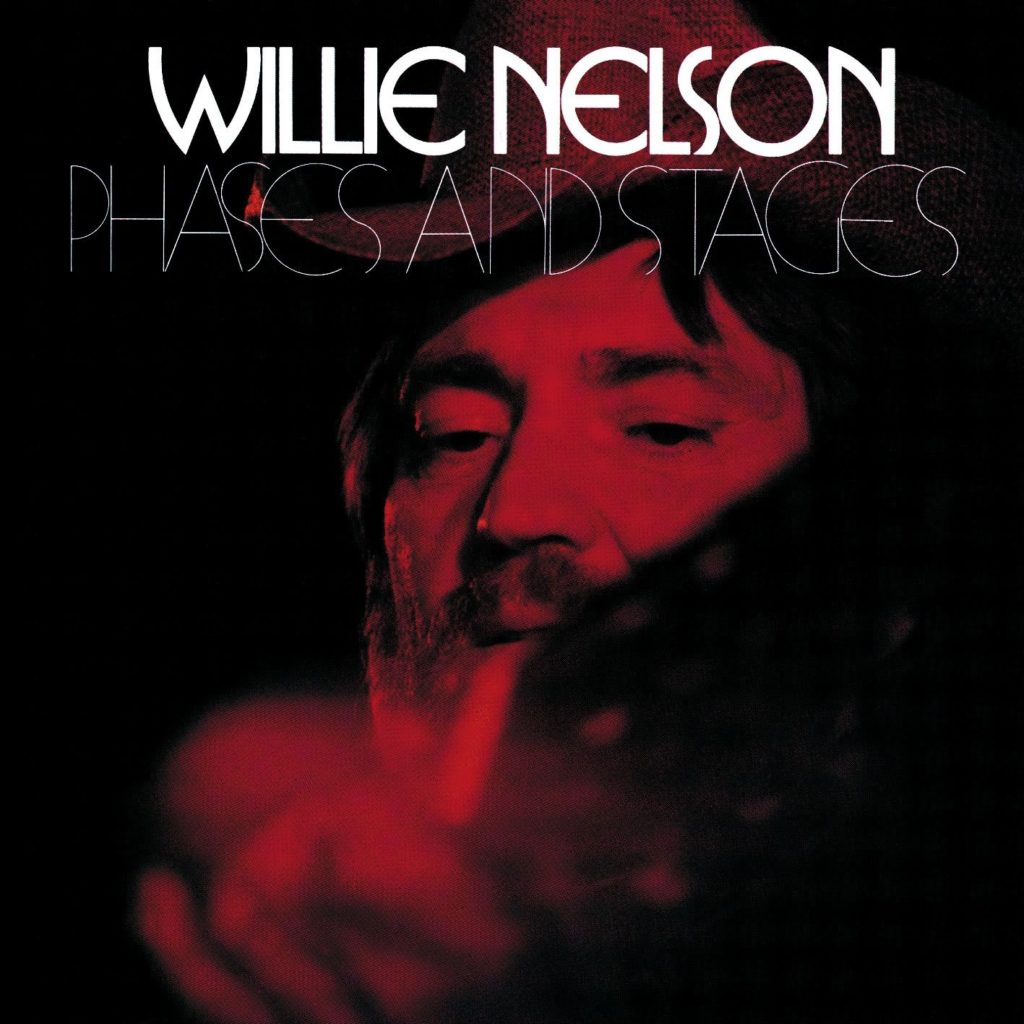“Last night I came home
And I knocked on my door
And I called to my love
As I oft had before
And I knocked and I knocked
No answer there came
No kisses to greet me
No voice called my name” – I Couldn’t Believe It Was True (Eddy Arnold / Wally Fowler) © Universal Music

On Dec 23, 1969, Willie Nelson returned to his Ridgetop, Tennessee home from a Christmas party in Nashville, to find the house in flames. From the blaze, Nelson was able to rescue his Martin acoustic guitar, the instrument he had named Trigger in honor of Roy Rogers’ horse, but not much else. Viewing the fire and its destruction of his property as a sign, Willie set about making new plans.
By 1970, Willie Nelson had spent a decade living and working in Nashville. He had achieved great success as a songwriter when a number of his early compositions became huge hits for the artists having recorded them. And yet Nelson’s success as a performing artist had been somewhat more modest, causing him frustration and disillusionment for the manner in which the business of music was conducted in Nashville. Understanding that his image and sound were never going to conform to the established Music City style, Willie returned to his native Texas.
“Oh the shock was so great
I am quivering yet
And I’ll try to forgive
But I cannot forget
My heartbreaking loss
Is another man’s gain
And her happiness always
I hope will remain
And I couldn’t believe it was true
Oh Lord, I couldn’t believe it was true
And my eyes filled with tears
And I must have aged ten years
And I couldn’t believe it was true” - I Couldn’t Believe It Was True (Arnold/Fowler)

Having divorced his second wife, Willie settled into a ranch near Bandera, Texas, and married Connie Koepke. He continued releasing recordings through RCA, with continued moderate success. When RCA requested that Willie renew his contract ahead of schedule, implying that the company may refuse to release his latest recordings were he unwilling to do so, ever more frustrated, he chose to retire from music.
In 1972, Willie moved to Austin, Texas, drawn by what proved to be a thriving and progressive music scene. He could now perform his own style of country music colored by the influences of the folk, jazz, and blues that he loved, and his popularity grew rapidly. Much invigorated, Nelson returned to the music business and enlisted a new manager to negotiate a release from his contract with RCA Records. As a free agent, he was signed by Jerry Wexler to a deal with Atlantic Records for $25,000 per year, becoming that label’s first country artist.

“It was a time of the preacher
In the year of O-one
Now the lesson is over
And the killin’s begun” – Time of the Preacher Theme (Willie Nelson)
Willie put together a band which he calls “The Family”, consisting of several members of his old touring band, “The Record Men”, as well as new players, including his sister Bobbie on keyboards. Many of these musicians continue performing with Nelson to this day.
He set about recording and releasing two albums for Atlantic Records, Shotgun Willie & Phases and Stages, and although they were well-reviewed, sales were modest. However, these recordings with “The Family” allowed Willie to establish a new style, ultimately finding the musical voice that had proved so elusive to him in Nashville. Nelson would later state that Shotgun Willie allowed him to musically “clear his throat”.
When Atlantic Records chose to end its foray into country music, Nelson was left without a label. He soon found a home at Columbia Records, where his previous critical & commercial successes allowed him to negotiate a contract that gave him complete creative control over his recordings. His first album for Columbia, his eighteenth studio album as a recording artist, would be the concept album, Red Headed Stranger.
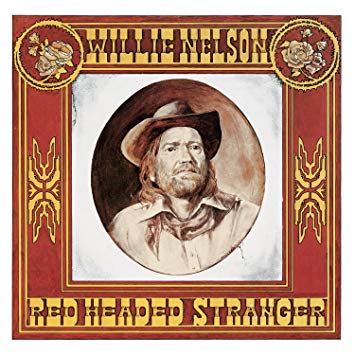
“A red-headed stranger from Blue Rock Montana rode into town one day
And under his knees was a raging black stallion and walkin’ behind was a bay
The red-headed stranger had eyes like the thunder, his lips they were sad and tight
His little lost love lay asleep on the hillside, and his heart was heavy as night
Don’t cross him don’t boss him, he’s wild in his sorrow, he’s ridin’ and hidin’ his pain
Don’t fight him don’t spite him, let’s wait till tomorrow, maybe he’ll ride on again” – Red Headed Stranger (Carl Stutz / Edith L Calisch) © Sony/ATV Music
“Tale of the Red Headed Stranger” was a song recorded by Arthur “Guitar Boogie” Smith that Willie Nelson had played regularly while working as a disc jockey in Fort Worth, Texas; he would also sing the song to his children at bedtime. During a ski trip to Colorado, Willie was inspired by his wife to write a western concept album built around the song. Besides Nelson’s original compositions that provided context to the events described in “The Red Headed Stranger”, the story Nelson conceived also allowed for the inclusion of Eddy Arnold’s “I Couldn’t Believe it Was True”, Fred Rose’s “Blue Eyes Crying in the Rain”, Hank Cochran’s “Can I Sleep in Your Arms?”, and Billy Callery’s “Hands on the Wheel”, among others.
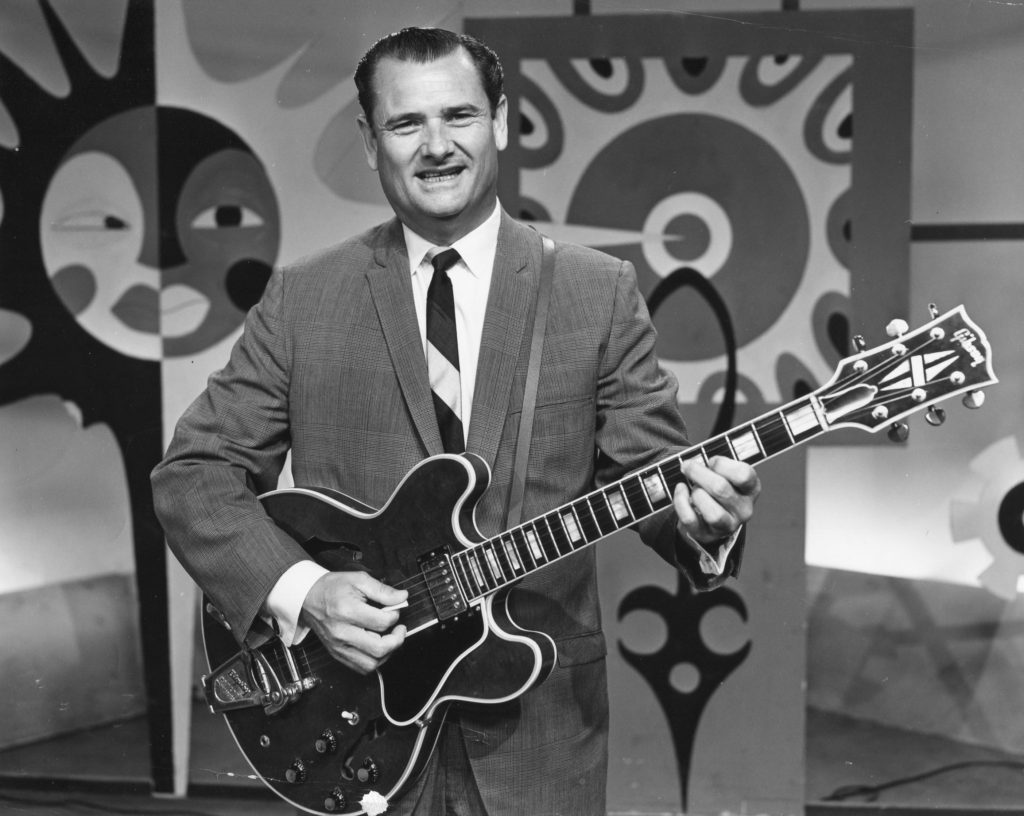
Arthur Smith 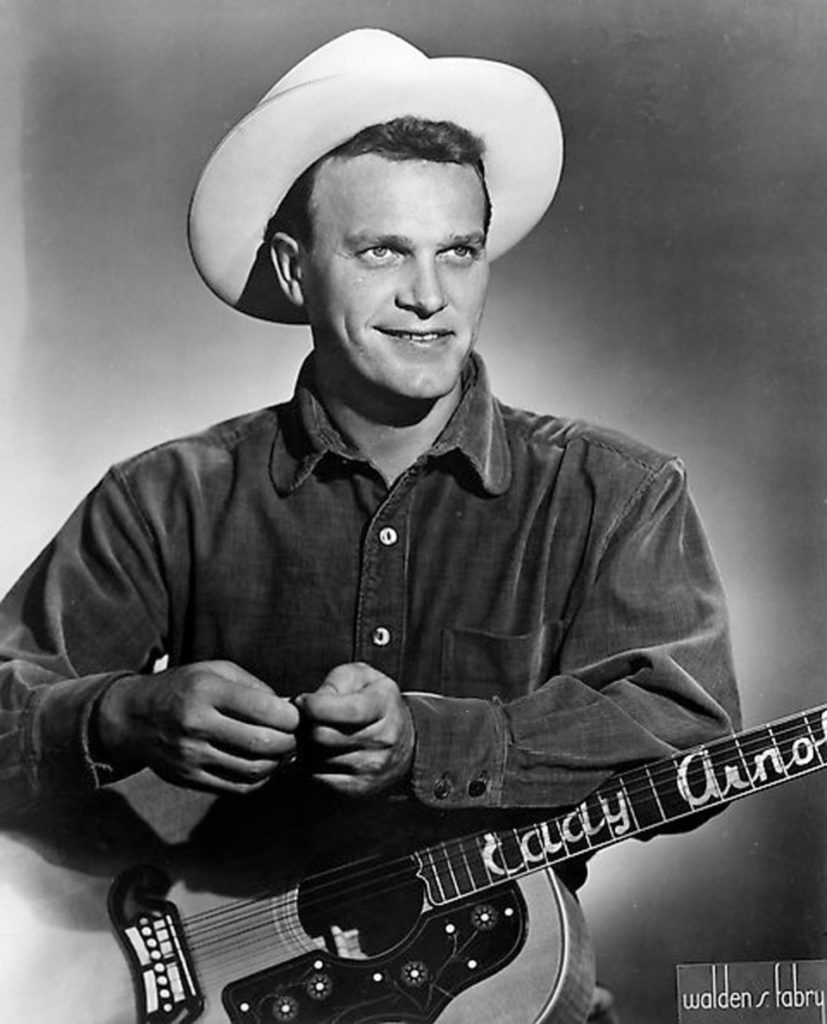
Eddy Arnold 
Hank Cochran
“A yellow-haired lady leaned out of her window
And watched as he passed her way
She drew back in fear at the sight of the stallion
But cast greedy eyes on the bay
But how could she know that this dancing bay pony
Meant more to him than life?
For this was the horse that his little lost darling
Had ridden when she was his wife” – Red Headed Stranger (Stutz/Calisch)
The album’s story, as envisioned by Nelson, begins with the title character proclaiming his devotion to his wife, but believing she may be unfaithful. In “I Couldn’t Believe it Was True” his wife’s infidelity is laid bare, and the next tracks lead up to the double murder of the cheating wife and her lover. The “Stranger” then laments the loss of his loved one through the Fred Rose classic, “Blue Eyes Cryin’ in the Rain”.
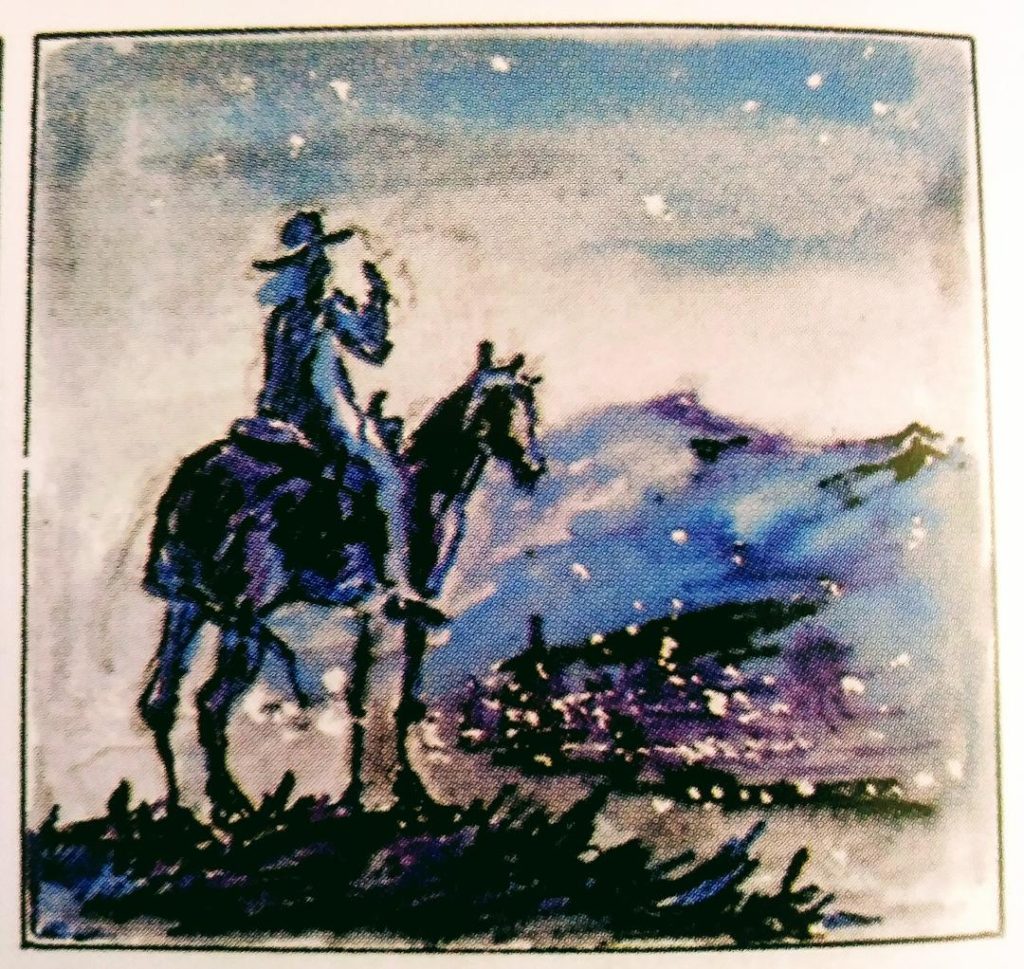
Overcome by grief, the “Stranger” kills again, when he suspects a “yellow-haired lady” of trying to steal his horse. The senseless death is condoned in the lines:
“The yellow-haired lady was buried at sunset
The stranger went free, of course
For you can’t hang a man for killing a woman
Who’s trying to steal your horse” – Red Headed Stranger (Stutz/Calisch)
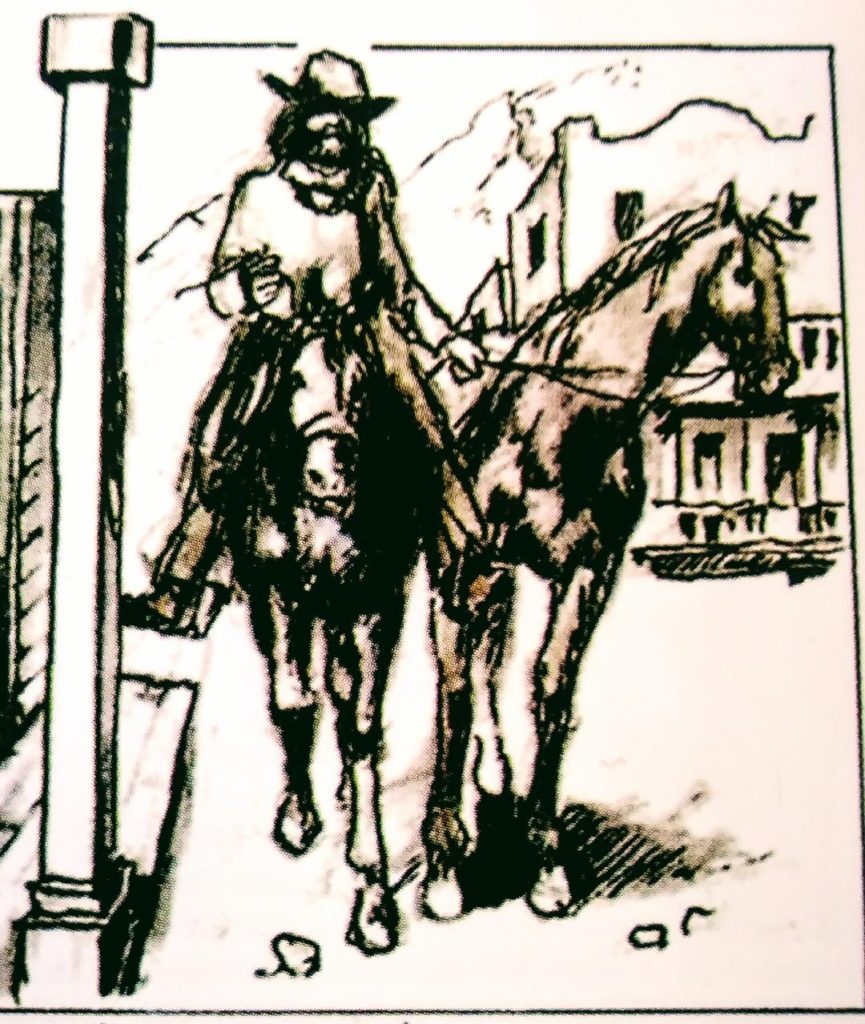
The album’s remaining tracks depict the title character finding new love, and the opportunity for redemption in his old age. Nelson has stated that after writing the opening track, “Time of the Preacher”, the overall story came together quickly:
“I took my time, all the while staying focused on the preacher’s feelings…Hank Cochran’s ‘Can I Sleep in Your Arms’ was the kind of tune the preacher would use to sing himself to sleep. I could also hear the preacher doing a beautiful old ballad by Fred Rose, ‘Blue Eyes Crying in the Rain’, that had been sung by everyone from Hank Williams to Gene Autry to Conway Twitty. It was another song about lost love whose mantra – ‘Love is like a dying ember and only memories remain’ – expressed the overall theme and tied all the loose ends together.”
“Can I sleep in your arms tonight, lady?
It’s so cold lying here all alone
And I have no hold to hold on you
And I assure you, I’ll do you no wrong
Don’t know why, but the one I love left me
Left me lonely and cold and so weak
And I need someone’s arms to hold me
‘Til I’m strong enough to get back on my feet” – Can I Sleep in Your Arms (Hank Cochran) © Sony/ATV Music
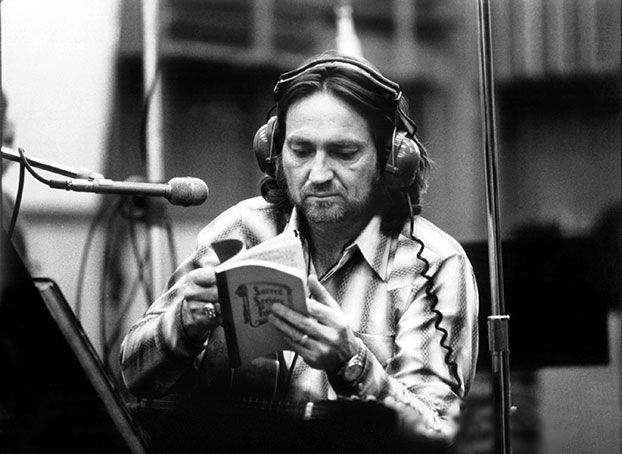
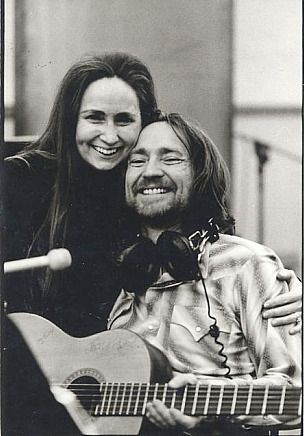
Willie & sister, Bobbie Nelson 
Choosing to record the album in Texas, rather than Nashville, the tracks were laid down in a matter of days. Most of the recording was done live, with the all musicians together in the studio. Bassist Bobby Earl Smith claims that their version of “Blue Eyes” was a one-take recording with everyone sitting in a circle. Comprised of mostly spare arrangements featuring acoustic guitar, piano, bass and drums, the album’s final mixes eschewed the heavy production techniques that had become Nashville hallmarks.
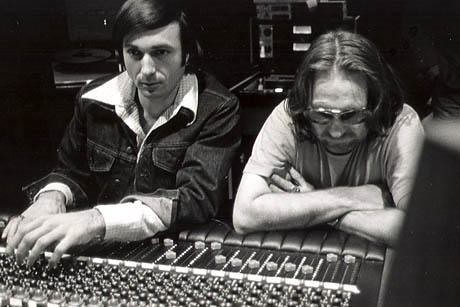
“At a time when the world seems to be spinnin’
Hopelessly out of control
There’s deceivers, and believers, and old in-betweeners
That seem to have no place to go
Well, it’s the same old song, it’s right and it’s wrong
And living is just something that I do
And with no place to hide, I looked in your eyes
And I found myself in you” – Hands on the Wheel (William Callery)
When Nelson delivered the completed album to Columbia Records, the executives there wanted to know why he was giving them a demo. The recordings they were presented with sounded nothing like the current country chart-toppers of the day. They complained that no one would by this music. Nelson states:
“They thought I’d gone insane because there wasn’t that much there . . . I think Waylon Jennings shamed them into putting it out.”
With Nelson’s contract stipulating total creative control, the label had no choice but to release the album as Nelson had recorded it. Red Headed Stranger far surpassed anyone’s expectations for such a uniquely produced country & western recording. The album reached No. 1 on Billboard‘s Top Country Albums chart and remained on the charts for 43 weeks. The album’s first single, “Blue Eyes Cryin’ in the Rain”, topped Billboard’s Country chart – Nelson’s first #1 hit as a recording artist – and reached #21 on Billboard’s Hot 100. The single also won Nelson a Grammy for Best Male Country Vocal Performance. Within a year the album was certified gold; ten years later it was certified double platinum.
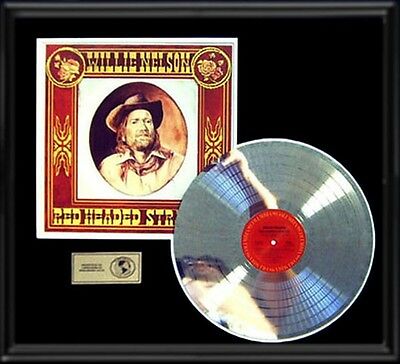
Rolling Stone has named Red Headed Stranger one of the top 500 greatest albums of all time, with CMT claiming it to be the best album of all time. Others in the recording industry have referred to it as “the Sgt. Peppers of country music.”
At the time, a number of Nashville music industry insiders were angry and jealous of the public’s reaction to Stranger, believing the album to be “blasphemous and insubordinate” of established Music City traditions. The release proved to be a launching pad for Willie Nelson, with subsequent albums building upon its success. Mother Jones writer Joe Nick Patoski wrote:
“Texans have known for 15 years what Red Headed Stranger finally revealed to the world – that Nelson is simply too brilliant a songwriter, interpreter, and singer – just too damn universal – to be defined as merely a country artist”.
“A brighter face may take my place when we’re apart dear
Another love with a heart more bold and free
But in the end fair-weather friends may break your heart dear
And if they do, sweetheart, remember me
Remember me when the candle lights are gleaming
Remember me at the close of a long long day
And it would be so sweet when all alone I’m dreaming
Just to know you still remember me” – Remember Me (Scott Wiseman)



